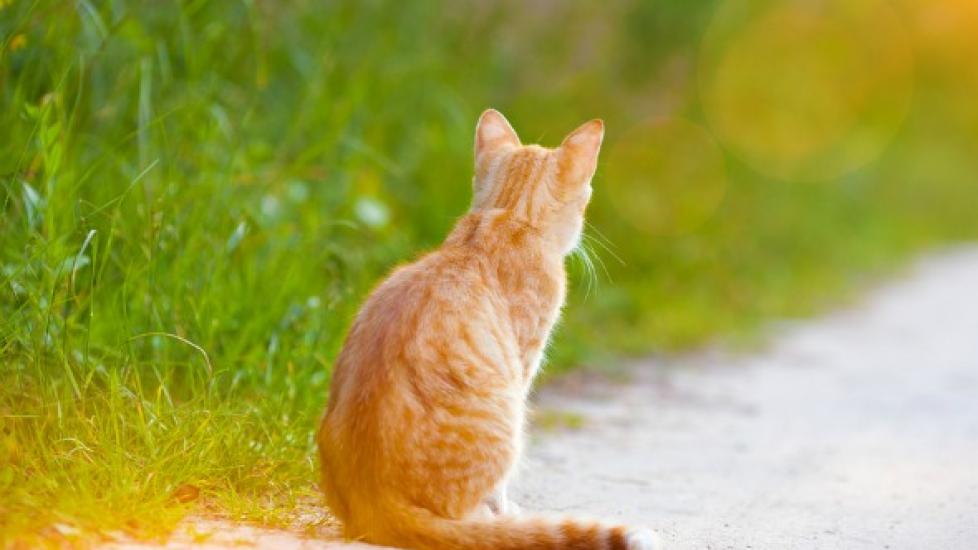Neck and Back Pain in Cats
It is often difficult to determine the exact location of the pain when an animal has been injured, because unfortunately, your cat can not tell you where it hurts. Your veterinarian may even have trouble determining the location. And because there are a number of reasons for neck and back pain, zeroing in on the underlying cause may take some time.
Symptoms and Types
Following are some of the possible symptoms your cat may show after an injury to the neck or back:
- Change in posture
- Back is curved upward
- The spine does not look/feel as it should
- Neck is stiff
- Your cat does not want to turn or raise its head
- Yelps or moans when you touch its neck or back
- Avoids being touched or moves away from you
- Moans or yelps when he moves the spine, refuses to move at all
- Visible trauma to areas around the spine, such as bruising, scratches, swelling
- Weak, lethargic
- Lack of coordination, cannot walk, wobbly movement (ataxia)
- Fever
- Lack of appetite (anorexia)
Causes
- Diseases of the muscles surrounding the spine:
- Soft tissue injuries
- Bite wounds
- Inflammation
- Infection
- Disc disorders:
- Degenerative discs
- Infection of the discs
- Instability of parts of the spine
- Trauma to the spine:
- Fracture
- Dislocation
- Cancer
- Vertebra
- Roots of nerves
- Tissues around the spine
- Membrane disorders in the brain and spine
- Kidney disease
Diagnosis
Your veterinarian will perform a thorough physical exam on your cat, taking into account the background history of symptoms and any possible incidents that might have led to this condition. You will need to provide as much detail as possible regarding your cat's health history, the onset of the symptoms and what type of symptoms have been representing, and what might have been the cause of the injury. The doctor will perform baseline blood tests, including a chemical blood profile and a complete blood count, a urinalysis, and a spinal fluid analysis. Other diagnostic tests that may be used for conclusively identifying the origin of the back pain are computed tomography (CT) scans, magnetic resonance imaging (MRI) scans, and X-ray imaging of the abdominal and spinal areas. Other essential tests include a neurological exam, and a myelogram, whereby a radiopaque agent is injected into the subarachnoid space in the spine so that the spine and nerves of the spine are more clearly visible on an X-ray image.
Treatment
Because the causes for neck and back pain are so varied, the treatment is determined according to the nature of the disease and the degree to which the spine's tissues are involved. Depending on your veterinarian's findings and the apparent indications for treatment, your cat may need to be hospitalized. Treatment will often call for medication, surgery, or both.
Some possible treatments include anti-inflammatory agents, such as corticosteroids, antibiotics, and chemotherapy. Surgery, however, is required in case of spinal trauma, paralysis, disc or vertebrae infection, and/or cancer located near the spinal cord.
Living and Management
Your cat will require plenty of home care. Make certain to follow your veterinarian's instructions regarding medications and follow-up evaluations. Keep track of progress, watching for signs of improvement or relapse, and report them to your veterinarian. Avoid physically moving your cat, and take steps to prevent your cat from being overly active or taking part in activities that can lead to over exertion, including exercise, until it is approved by your veterinarian.
Also, it is essential that you protect your cat from active children and from other pets in the home. A quiet, closed room, or cage rest, may be necessary for ensuring that your cat has a safe space to heal and recover from its injury.
Some cats can recover quickly from neck and back injuries, however, an injury to the spine can be very serious and long-lasting, even life-threatening, if not treated promptly and effectively.
